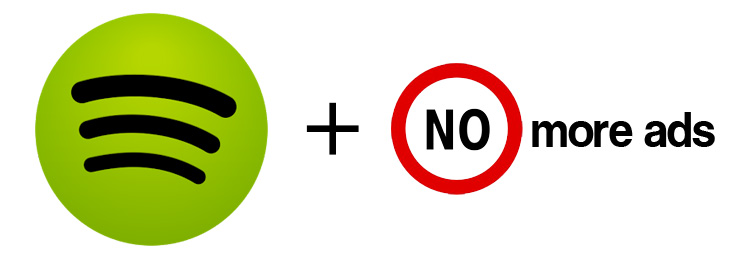Sweden based Spotify is one of the oldest and most popular music streaming services today. But users of this service who dodge their ads and commercial breaks by installing ad blockers in their browsers have long been like the proverbial thorns in the flesh for the app makers.
Hardening its stance against those up for a free ride, Spotify is now explicitly considering a ban on all ad blockers. As per the updated Terms of service policy sent out by the company earlier this week, it specifically stated that “circumventing or blocking advertisements in the Spotify Service, or creating or distributing tools designed to block advertisements in the Spotify Service” could result in suspension or termination of user accounts.
Serious about taking action against freeloaders, Spotify also sent out emails to users informing them of their zero-tolerance policy against ad blockers, bots and fraudulent streaming services.
The updated policy will come into effect from March 1, 2019.
Why is Spotify Blocking Ad-Blocking Users?
You cannot be a music lover and not know about Spotify, one of the most popular names in the world of music today.
Available on almost all platforms from computers to phones to tablets to home assistants, high-end speakers and cars, Spotify is a much-loved app because of its superior skills with data analysis and algorithm-based music suggestions.
When Spotify went in for an IPO last year, it had to show only 157 million monthly active users, leaving out a huge 2 million user base, as they were accessing the free version of the streaming-music service using unauthorized apps that blocked ads.
The new announcement by the company to revoke or ban the accounts of users opting to install ad blockers, therefore, comes as no surprise. Users such as these have always been a source of nuisance to companies seeking to earn in even a part of their revenue by supporting ads.
How long, after all, was Spotify supposed to tolerate this behaviour?
The 2006 founded app continues to grow despite intense competition from other streaming services.
In its Q4 2018 report, Spotify had registered a 24% Y-O-Y growth in revenue to touch the $1.7 billion mark, albeit barely touching the analysts’ estimation.
A greater part (88%) of Spotify’s revenue comes from its paid subscribers, and only a tiny slice of the pie (12%) comes in through advertising.
On the other side, 54% of Spotify’s users rely on free access to Spotify. They don’t pay a dime to the company against the service they use. Hence, to monetize the huge user base of 111 million non-paying users Spotify relies on ads.
At the same time, a major part of Spotify’s earnings goes towards paying royalties to songwriters, artists, producers and labels, which is why the company has struggled to break even despite earning $5 billion a year.
Now eager to cut down its losses and turn over a new leaf, the company renegotiated deals with record labels last year. Additionally, it announced having acquired two podcast startups, Gimlet media and Anchor on February 6, 2019, “hoping to meaningfully accelerate …path to becoming the world’s leading audio platform.”
Indeed, 111 million is a big number, especially when a company renders its services for free. Monetizing such a massive user base through advertising is standard practice in the internet world. However, it starts hurting the most when a sizable share of the free user base decides to make a nill contribution to the company’s revenue by blocking ads.
Will this move to leave out freeloaders by banning their accounts boomerang on Spotify and affect their rapidly increasing user base?
The company does face a stiff competition from rivals like Apple Music, Pandora, Tidal, Google launched YouTube Music and the French company Deezer but Spotify continues to be head and shoulders above them all.
Despite having a library consisting of millions of songs and access to tons of playlists carefully curated by their Editorial team in addition to giving users the access to podcasts and video content, Spotify is failing to meet market expectations. The fourth quarter revenue has fallen short of market expectations, albeit the company had already estimated 20% to 30% revenue decline in 2018.
While it’s not immediately clear how many of those 54% free users of Spotify use ad blockers, it’s evidently clear that the contribution of those 111 million users in terms of ad revenue is also not satisfying enough. Simple math reveals that each free user of Spotify is, currently, contributing less than a dollar per month. In Q4 2018, the ARPU in terms of free user clocked $1.86, which is way too low compared to the ARPU of paid subscribers of the company – $15.58.
According to another report released the latest year, around 2% of Spotify’s free user base use apps or tool that block ads. By factoring the latest reports on rising usage of ad blocker by the internet users, it’s safe to assume that the percentage would have swollen enough in the last one year.
Thinking conservatively, even if Spotify manages to convert at least those 2%, the company would easily end up adding anything around $30 million in quarterly revenue – way more than $4.09 million could make by monetizing them through ads.
The action against those having a free run here should have come earlier. With the new rules all set to kick in within a few weeks, those circumventing ads so far will be left with no choice but to stream the ad-supported service or opting in for another streaming service.
Failure to comply with any of these will invite a ban or suspension of the account.


